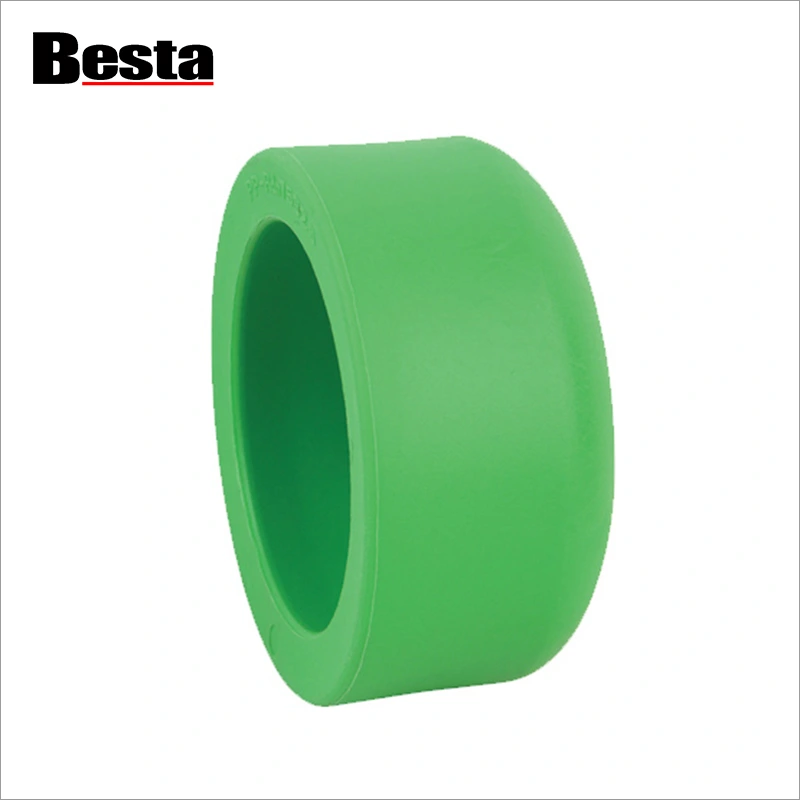The Evolution of PPR Plastic Fittings: Focus on End Caps
2024-12-26
The plumbing and piping industry has seen remarkable advancements over the decades, with PPR plastic fittings emerging as a modern solution for efficient and sustainable systems. Within this category, end caps are indispensable for their ability to provide secure closures and ensure system reliability. This blog highlights the evolution of PPR fittings, with a special focus on end caps, and their relevance in today’s applications.
Historical Context: From Metal to Plastic
Traditionally, metal fittings dominated the piping industry. While strong, metal fittings were prone to corrosion and required regular maintenance. The introduction of plastic materials, particularly PPR, revolutionized the field by offering:
1. Lightweight Alternatives: Easier handling and installation.
2. Corrosion Resistance: Eliminating the common issue of rust.
3. Cost Savings: Reduced costs in production, transport, and maintenance.
The Role of End Caps in PPR Systems
End caps have always been a critical component, serving as the final barrier in a piping system. PPR end caps elevate this role by offering superior performance, including:
- Long-Term Durability: Resistant to mechanical stress and environmental factors.
- Eco-Friendly Properties: Recyclable and free from harmful chemicals.
Innovations in PPR End Caps
Modern advancements have introduced features such as:
- Enhanced Seal Mechanisms: Providing a tighter, leak-proof fit.
- UV-Resistant Materials: Ensuring stability even in outdoor installations.
- Customizable Options: Catering to diverse applications with various sizes and specifications.
Applications in Today’s World
From residential homes to industrial plants, PPR end caps are integral to:
- Water Conservation: Preventing leaks and wastage in water distribution systems.
- Industrial Safety: Ensuring chemical and pressure containment in complex systems.
- Sustainable Infrastructure: Supporting eco-friendly construction practices.
The shift from metal to PPR fittings has redefined plumbing and piping. End caps, as a vital part of this evolution, continue to ensure system reliability and efficiency. As technology advances, we can expect even more innovations in PPR fittings, making them a cornerstone of modern infrastructure.



